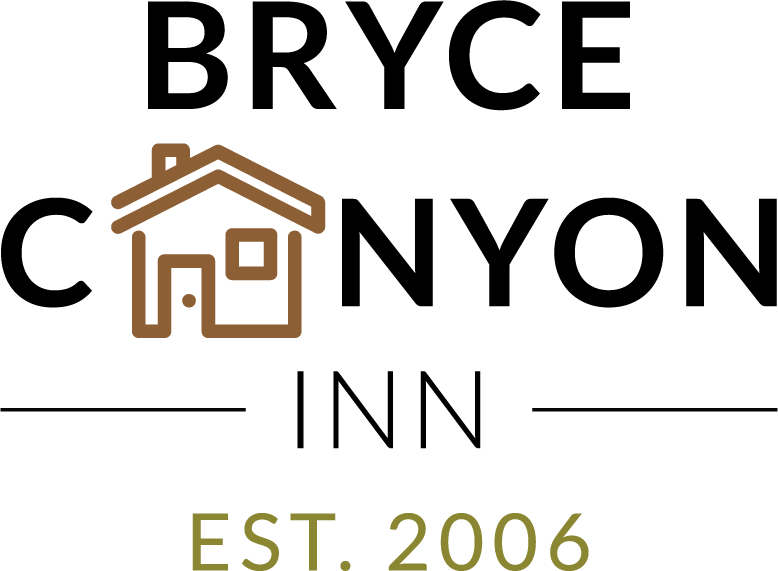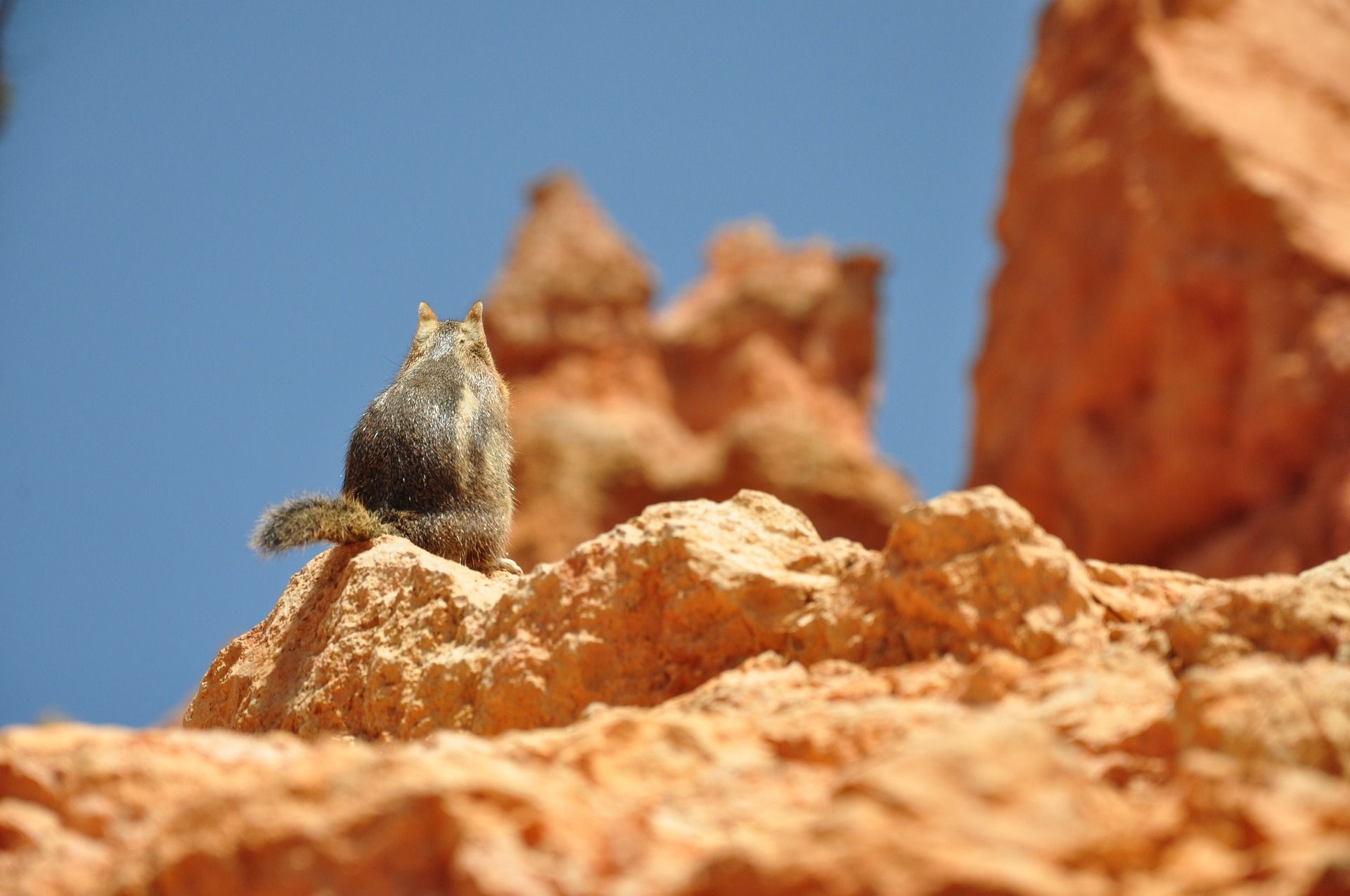A Brief History of Bryce Canyon
While the geological history of Bryce Canyon dates back millions of years, with the formation of the canyons and other natural pieces of the landscape, the history of its inhabitants and creation as a national park are much more recent.
Background Info
Although the exact time is unclear, it is estimated from archeological data that human history in Bryce Canyon began nearly 12,000 years ago. This means that Bryce Canyon has provided food, shelter, and other necessities for humans for many years.
Now, while Bryce Canyon is no longer relied on for life’s necessities by humans, it is a terrific place to connect with nature. The deep, rich history of Bryce Canyon is just one of the many things that make it such an incredible place to explore.
The people of Bryce Canyon throughout the years, from the natives to the settlers, and the creation of the park itself are such interesting things to learn about. Also, by discovering all that has contributed to making this area such an incredible place helps visitors understand and appreciate how wonderful Bryce Canyon National Park truly is.
Native Americans
The indigenous people of Southwestern Utah created the foundation for all that Bryce Canyon would later become. It is thanks to these native inhabitants that this land has such a deep, rich history. There were three groups of natives that are known to have been in the area of Bryce, the Anasazi and Fremont and the Paiute. The exact history of the native people is not perfectly clear, but it is certain that groups of indigenous people did reside, at least seasonally, in what is now Bryce Canyon for many years before settlers arrived. Whether just passing through or using the land as their temporary home, these groups of natives have helped to form Bryce Canyon into the interesting landscape we all know and love.
Fremont and Anasazi
The native history of Bryce Canyon begins with two groups of people, the Fremont and the Anasazi. From 200AD to 1200AD, these groups of natives used this land for food, water, and travel. It is unlikely that they used the Bryce Canyon area as a place to live for an extended time thanks to the harsh winter weather of Bryce. There is, however, clear evidence that these native people relied on Bryce Canyon and likely marveled at its beauty the way we do today.
Paiute
Around 1200AD, there is evidence that natives called the Paiute used the Bryce Canyon area seasonally throughout the years. The grounds were likely used for hunting and gathering, but, like the Fremont and Anasazi, there is no evidence of permanent settlements in the area. Even though the Paiute did not stay in the Bryce Canyon area for extended periods, they still had a huge impact on the land and its development.
Early Explorers and Settlers
There are many reasons that settlers decided to move west in early American history. The search for a new life, better land, and promising opportunities brought droves of brave men and women to these previously unseen areas. From adventurers to settlers, the people who traveled to this area set the stage for Bryce Canyon and the surrounding area to become what it is today. The following people are just a few of the influential settlers who helped to develop this incredible land.
Silvestra Velez de Escalante and Francisco Atanasio Dominguez
In 1776, in an expedition directed by Franciscan Friars, two Spanish explorers found themselves near the Bryce Canyon area along what is now the Arizona border. These explorers were among the first explorers to experience the beauty of Bryce Canyon’s pink cliff sides and incredible red rock.
Mormon Pioneers
Responsible for settling and developing the area, pioneers associated with the Mormon church, also known as the Church of Jesus Christ the Ladder Day Saint, began exploring the land in the 1850’s. As more explorers assessed the area, pioneer families began to follow suit in an attempt to settle the area. Where many would have seen an impossible feat, with the rough terrain and harsh winters, these pioneers set their sights on living among this gorgeous landscape.
Ebenezer Bryce
Ebenezer Bryce, whom Bryce Canyon is named after, is a man who homesteaded the Bryce Canyon area in 1874. Ebenezer Bryce and the many pioneers like him are responsible for the development and success of Bryce Canyon and the surrounding areas.
The Creation of Bryce Canyon National Park
It was not until J.W. Humphrey stood above Bryce Canyon, marveling at its beauty, that Bryce Canyon was known to be such a beautiful area. Surrounding areas, such at the Grand Canyon and Salt Lake City, were already established as popular recreational areas. When J.W. Humphrey, a U.S. Forest Service Supervisor, stood on what is known today as Sunset Point, he knew that people would travel from all over to see this natural beauty.
Humphrey took photographs and created movies of the land to make others aware of the area. There were many articles written about this newly found landscape which helped to peek interest in the area. Slowly, people who were traveling to the area for other recreational purposes began making Bryce Canyon a part of their itinerary.
Most of the first travelers stopped into Bryce Canyon while they were in the Salt Lake City area. This new traffic to the area began in 1919. To accommodate travelers that came to see the gorgeous land, Minnie and Ruby Syrett put up tents for lodging and made meals for travelers. This barebones way to stay in the area was the start of a booming travel industry in Bryce Canyon.
By 1929, Gilbert Stanley Underwood had designed a lodging building near Sunset Point and a few additional cabins were constructed nearby. This gave travelers an updated and comfortable place to stay when visiting Bryce Canyon.
On June 8th, 1923, Warren G. Harding declared Bryce Canyon as a national monument. This was the first step toward becoming the national park that it is today. The next year, on June 7th, 1924, Congress passed a bill that Utah National Park would become protected government property, this included the land of Bryce Canyon. On February 25th, 1928, Bryce Canyon was officially named as a state park and has stayed that way ever since.
This long road to becoming a national park is just one piece of the interesting history that makes this park so incredible and unique.
A Rich History that Lives On
The notable people that helped to propel Bryce Canyon to its modern day glory are a large part of what makes the Bryce Canyon area so incredible. Their influence on this region can be seen in every facet of the land. From the recently erected buildings to the well-preserved trails and landscape, the people who developed this area can be seen and felt everywhere. It is thanks to the historical figures of Bryce, both native and settlers, that people can enjoy its beauty today.


